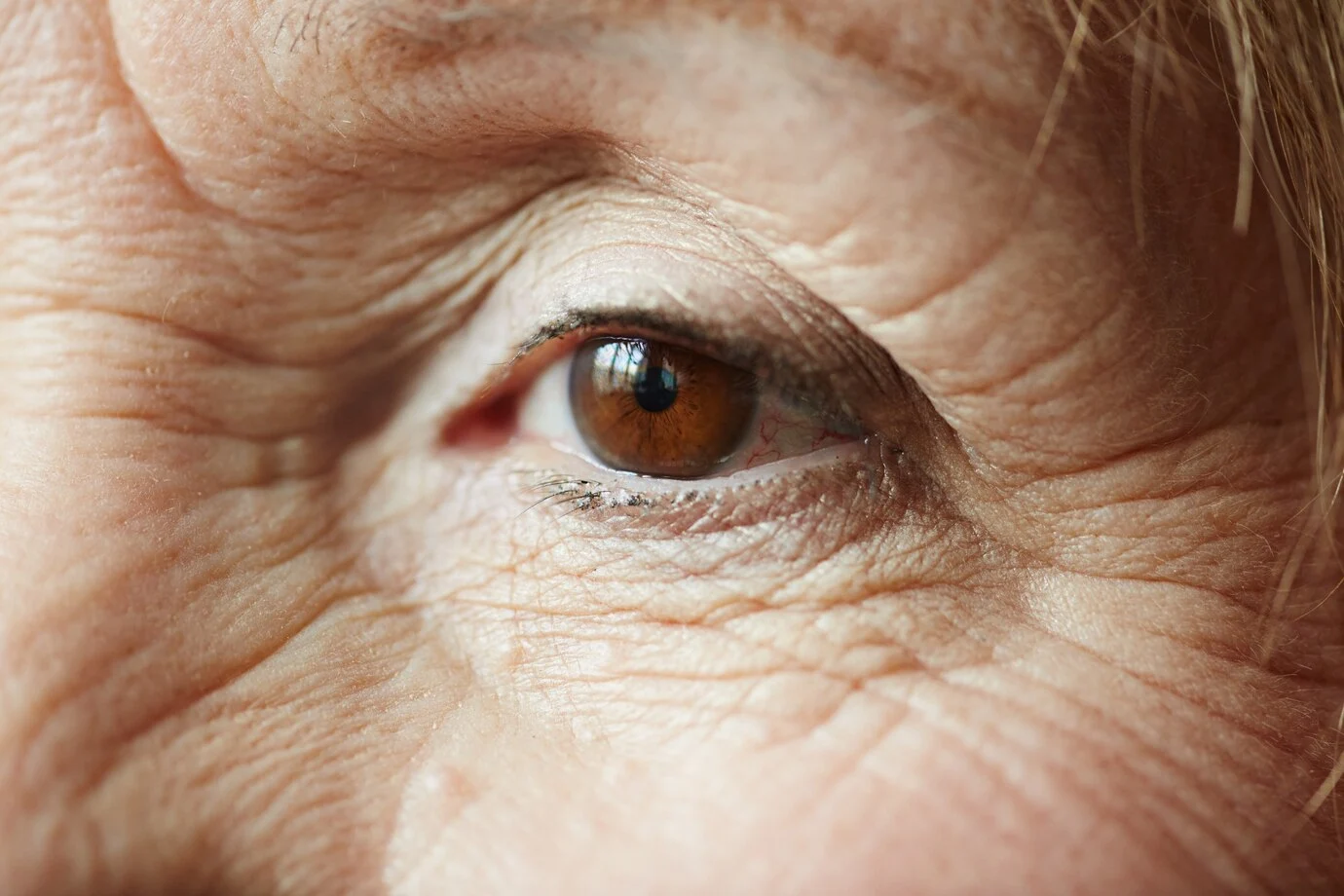Age-related macular degeneration (AMD) is a silent, progressive eye disease that gradually damages the macula, or the small spot near the center of your retina that gives you sharp central vision. Without a healthy macula, you can’t perceive the fine details that enable you to read, drive, or recognize faces.
As a leading cause of severe vision loss among adults over the age of 50 — and the main cause of permanent vision loss in adults aged 60 and older — AMD is a common and incurable condition that can only be detected through a comprehensive eye examination.
If you’ve been diagnosed with AMD, Dr. Markiel Yakubov and our skilled team at Elite Eye Care can help. As an experienced optometrist who specializes in AMD management, Dr. Yakubov can create an individualized treatment plan to slow or stop disease progression, support improved ocular health, and protect your vision.
Here, we offer basic insight into the different types of AMD, and explain which treatment approach may be right for you based on your diagnosis.
Understanding your AMD diagnosis
Vision problems fall into two general categories: Those caused by an ocular health condition like dry eye, glaucoma, macular degeneration, cataracts, or diabetic eye disease, and those caused by refractive errors. Eyeglasses and contact lenses correct vision problems caused by refractive errors.

AMD destroys the cells of the macula, inflicting damage that leads to the loss of central vision. While most cases are gradual and progressive, AMD can also develop quickly. The two forms of AMD are:
Dry AMD
Dry AMD accounts for up to 90% of macular degeneration diagnoses. Also known as atrophic AMD, this condition occurs when the light-sensitive cells in your macula become thinner with age, grow tiny yellow clumps of protein and lipids (drusen), and slowly break down.
Dry AMD happens in four stages (subclinical, early, intermediate, and late), progressing gradually over several years. Noticeable vision loss doesn’t usually occur until dry AMD has reached its late stage.
Wet AMD
About 10% of people who are diagnosed with macular degeneration diagnoses have wet AMD, also known as advanced neovascular or exudative AMD. This serious condition develops when abnormal blood vessels grow under the macula, where they leak blood and fluid.
Unlike dry AMD, wet AMD damages the macula — and causes vision loss — quickly. It’s always considered a late-stage form of AMD. It’s important to note that any stage of dry AMD, from subclinical to late, can turn into wet AMD.
4 helpful treatment options for AMD
Currently, there’s no cure for macular degeneration. While there are medical interventions for wet AMD, treatments for dry AMD are still in their clinical trial phase and not yet available to patients. Still, there are steps you can take to slow the progression of both dry and wet AMD.
Depending on the nature and severity of your macular degeneration, Dr. Yakubov may recommend one or more of the following:
1. AREDS 2 nutritional supplements
While there’s no way to treat dry AMD, two large studies — AREDS and AREDS 2 — found that people with a certain type of drusen may slow dry AMD by taking a specific blend of vitamins and minerals known as an AREDS 2 supplement every day. It contains:
- Vitamin C (500 mg)
- Vitamin E (400 IU)
- Lutein (10 mg)
- Zeaxanthin (2 mg)
- Zinc (80 mg)
- Copper (2 mg)
The AREDS 2 supplement provides large amounts of specific eye-protecting nutrients; more than you can get from regular multivitamins or food. If you have intermediate dry AMD in one or both eyes, AREDS 2 supplements may be able to stop it from progressing into late-stage macular degeneration.
2. Targeted lifestyle changes
Specific lifestyle changes may also help you slow the progression of both dry and wet AMD. Dr. Yakubov recommends that you:
- Avoid or stop using tobacco
- Get regular physical activity
- Manage your blood pressure
- Maintain a healthy body weight
- Eat a balanced, nutrient-dense diet
- Protect your eyes from ultraviolet (UV) light
The AMD-slowing effects of lifestyle changes are cumulative, meaning you’re more likely to benefit by making more changes — two lifestyle changes are better than one, three are better than two, and so on.
3. Anti-VEGF injections
Anti-vascular endothelial growth factor (anti-VEGF) injections for wet AMD help stop leaking and bleeding from the abnormal blood vessels at the back of the eye. The medication only works for a short time, so you need ongoing injections (usually once a month to start with).
4. Photodynamic therapy
Although anti-VEGF injections are the main treatment for wet AMD, in some cases, Dr. Yakubov may also recommend photodynamic therapy (PDT) in conjunction with injections.
PDT involves taking a light-sensitive medication called verteporfin that becomes active when it’s hit by a specific kind of laser light. When Dr. Yakubov shines the laser on a small area at the back of your eye, the medication activates and breaks down the blood vessels that are causing your wet AMD.
Which AMD approach is right for you?
Are you ready to find the treatment approach that will slow macular degeneration progression and preserve your vision? We can help.
To learn more about AMD management at Elite Eye Care, call or click online to schedule a visit at your nearest New York City location today — we have one office in Brooklyn, and four offices throughout the Bronx.
